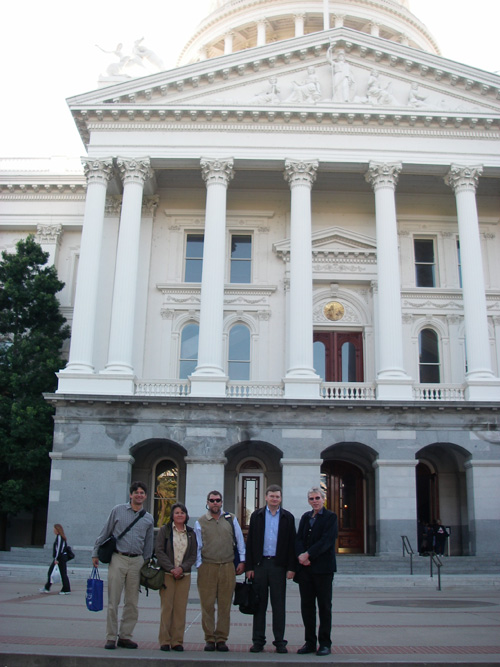
Here in the office we call it the Collaborative Aqueduct Modernization & Management Plan, or CAMMP for short. But when we say things like, “Geoff, Lisa, and Morgan are CAMMP-ing,” it’s not what it sounds like. CAMMP is a State Water Board mandated series of facilitated meetings embarked upon by the Los Angeles Department of Water & Power, the California Department of Fish & Game, California Trout, the State Water Board-appointed Stream Scientists, and the Mono Lake Committee with the goal of working through the details of implementing the scientific streamflow prescriptions issued in 2010 and the associated aqueduct modernization necessary for the aging infrastructure to be able to reach the restoration goals at Mono Lake.
So … what does all that mean? It means that Mono Lake Committee staff are working on the core of the Mono Lake Committee’s mission: protecting and restoring the Mono Basin ecosystem through cooperative solution that protect Mono Lake and meet the real water needs of Los Angeles. What does it look like? Frequent meetings, conference calls, consultations with Mono Lake experts of all sorts, complex water balance models, lake level regression equations … you get the idea.
With six months of CAMMP under our belts we’re really getting down to the hard issues and the big decisions. When we say that the Mono Lake Committee is here to make sure that DWP follows through on doing what is necessary in order to bring streams to health … this is how we do it.

More on CAMMP:
- Winter-Spring Mono Lake Newsletter article on page 6: The Mono Lake water rules
- Summer Mono Lake Newsletter article on page 5: Stream restoration discussion picking up pace
- Fall Mono Lake Newsletter article on page 8: Aqueduct modernization talks continue
